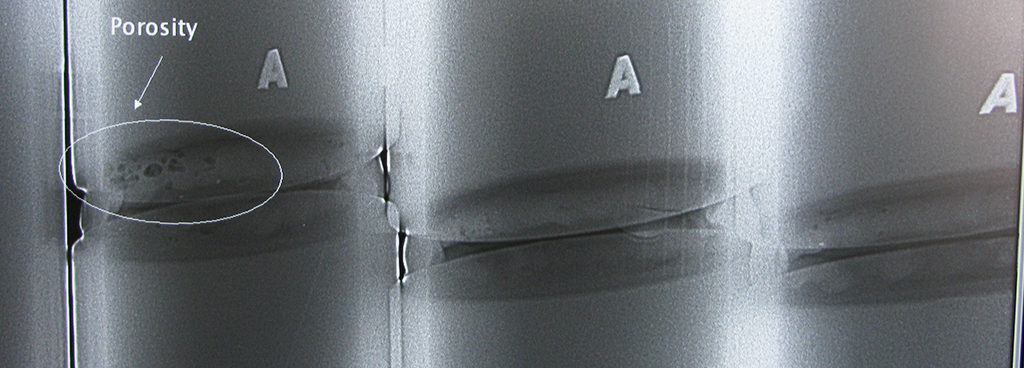
Radiography
Public NDT
Active 3 months ago
Welcome to [NDT Inspection Portal]’s industrial radiography (RT) group, a place for professionals... View more
Public NDT
Group Description
Welcome to [NDT Inspection Portal]’s industrial radiography (RT) group, a place for professionals to connect and discuss the latest techniques and technologies in industrial radiography.
RT is a non-destructive testing method that uses ionizing radiation to inspect the condition of components such as pipelines, tanks, and pressure vessels. The radiation is directed through the component and is absorbed differently by different materials, allowing for the detection of flaws, defects, or other abnormalities within the component. Our member group offers a platform for sharing knowledge and best practices on RT and its applications in various industries. Join our community of experts from around the world and be a part of the conversation on advancing the practice of industrial radiography.
Safe Working Distance for Radiography
Safe Working Distance for Radiography
Posted by arsal on 27/11/2021 at 2:30 pmCan someone help me out? I am trying to figure out how do radiographers calculate the safe working distance from a source. We are in a shutdown and have maintenance crews working in the same areas as RT crews. I know the inverse square law gives us that information, but that is theoretical. What about if they are using a collimator and the pipe is 1/2″ thick with a double wall exposure. What would be the actual distance? And what about the direction of the radiation?
Thanks in advance for your help.ndtcs replied 1 year, 3 months ago 3 Members · 2 Replies- 2 Replies
You must have a physical barrier at 7.5 ìSv/hr. How do you achieve this? Let’s say you use 250 kV and 4 mA in your example. If no object is in the way for the radiation this gives 6 Sv/hr at 1 metre. If you then use the inverse square law the safety distance is 895 m. For steel and 250 kV the half value layer is 12 mm. So if the incoming radiation is 6 Sv/hr the radiation out is approx. 3 Sv/hr, then you need a safety distance of… 632 m. –Wow. This is how to calculate the safety distance for the central beam of radiation, but in the real life you have other objects around you that absorb the radiation (pipes, valves, etc.), so if don’t want to set up a barrier around half the world you need to measure the radiation level with a dose rate meter.
To calculate the safe working distance from a radiographic source, you’re correct that the inverse square law is the starting point, as it describes how radiation intensity decreases with the square of the distance from the source. However, there are additional factors to consider, such as the use of collimators and the specifics of the setup.
Collimator and Shielding Effects: A collimator focuses the radiation beam and reduces scatter, meaning the radiation is more directional, which can help limit exposure to areas outside the primary beam. This can allow workers to safely be closer to the source in directions that are outside the collimated beam. However, this reduction will depend on the type and quality of the collimator, so actual dose rates should be measured with a survey meter in the field.
Double-Wall Exposure and Pipe Thickness: With a double-wall exposure and a 1/2″ thick pipe, the material itself provides some shielding. However, the attenuation through the pipe won’t be enough to significantly reduce the required safe distance. Again, the inverse square law applies, but you should factor in how the beam is directed based on the exposure technique and orientation of the source relative to other work areas.
Direction of Radiation: Radiation is most intense in the primary direction of the beam, but scatter can occur in all directions. The direction of the radiation (whether it’s horizontal or vertical, for example) will affect where it’s safe to stand. Be especially mindful of any areas where scatter could be more pronounced, such as corners or tight spaces.
Field Survey for Accuracy: The most practical way to determine safe working distances, given the variables of collimation, pipe thickness, and direction, is to perform a radiation survey using a calibrated dose-rate meter. This will give you real-world measurements of the radiation field around the source, taking into account the setup and any shielding effects from the collimator or materials.
For a rough estimate, apply the inverse square law to the expected dose rate at a known distance, but rely on the survey meter to determine actual safe working distances in the specific situation. Always ensure that workers in adjacent areas are adequately shielded or at a safe distance, and post warning signs or barriers to demarcate restricted zones.
Log in to reply.